Weekly Tech Recap - № 146 - Tesla semi truck and roadster, new SpotMini, MekaMon robot, etc.
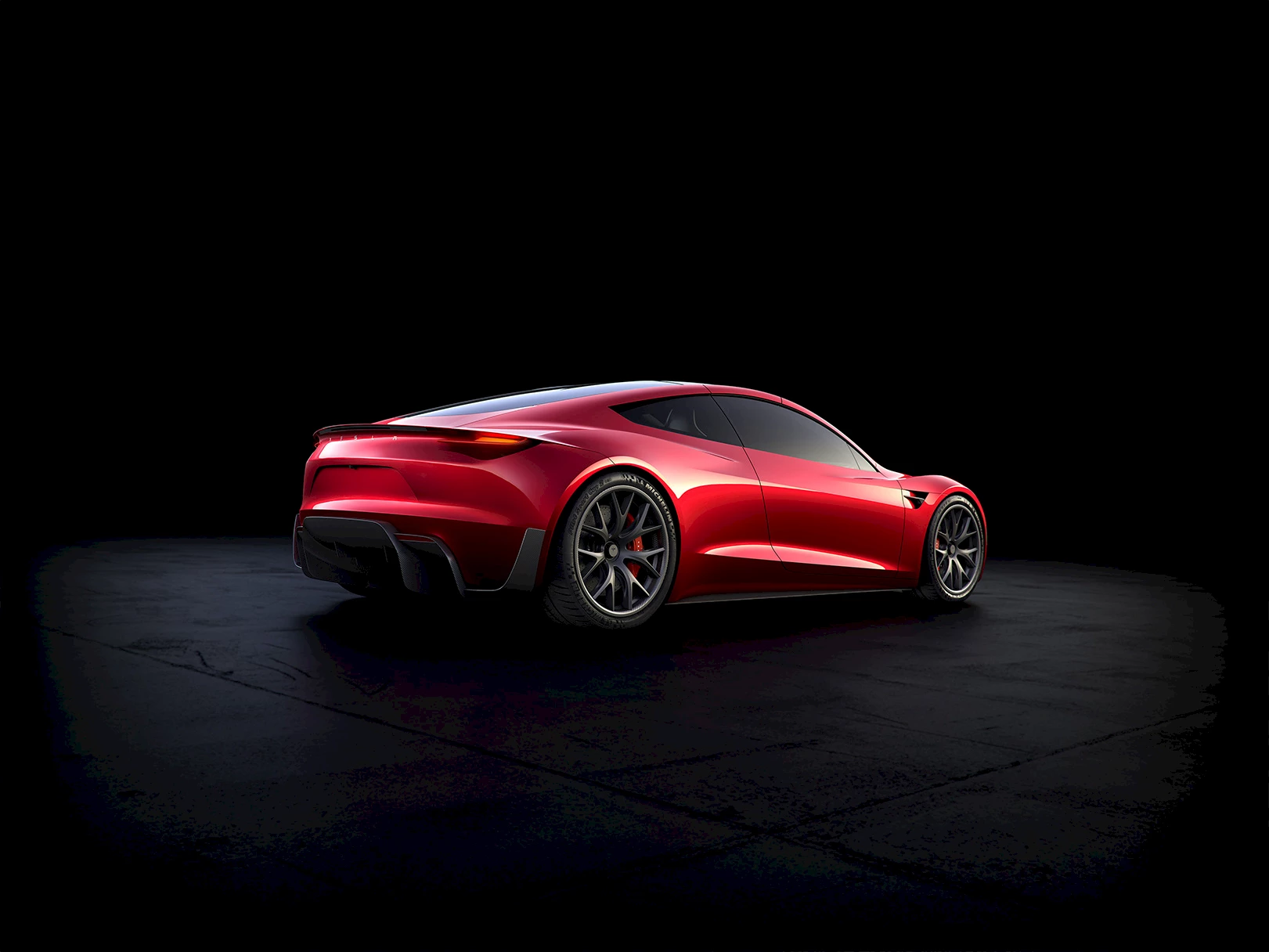
Tesla semi truck and roadster
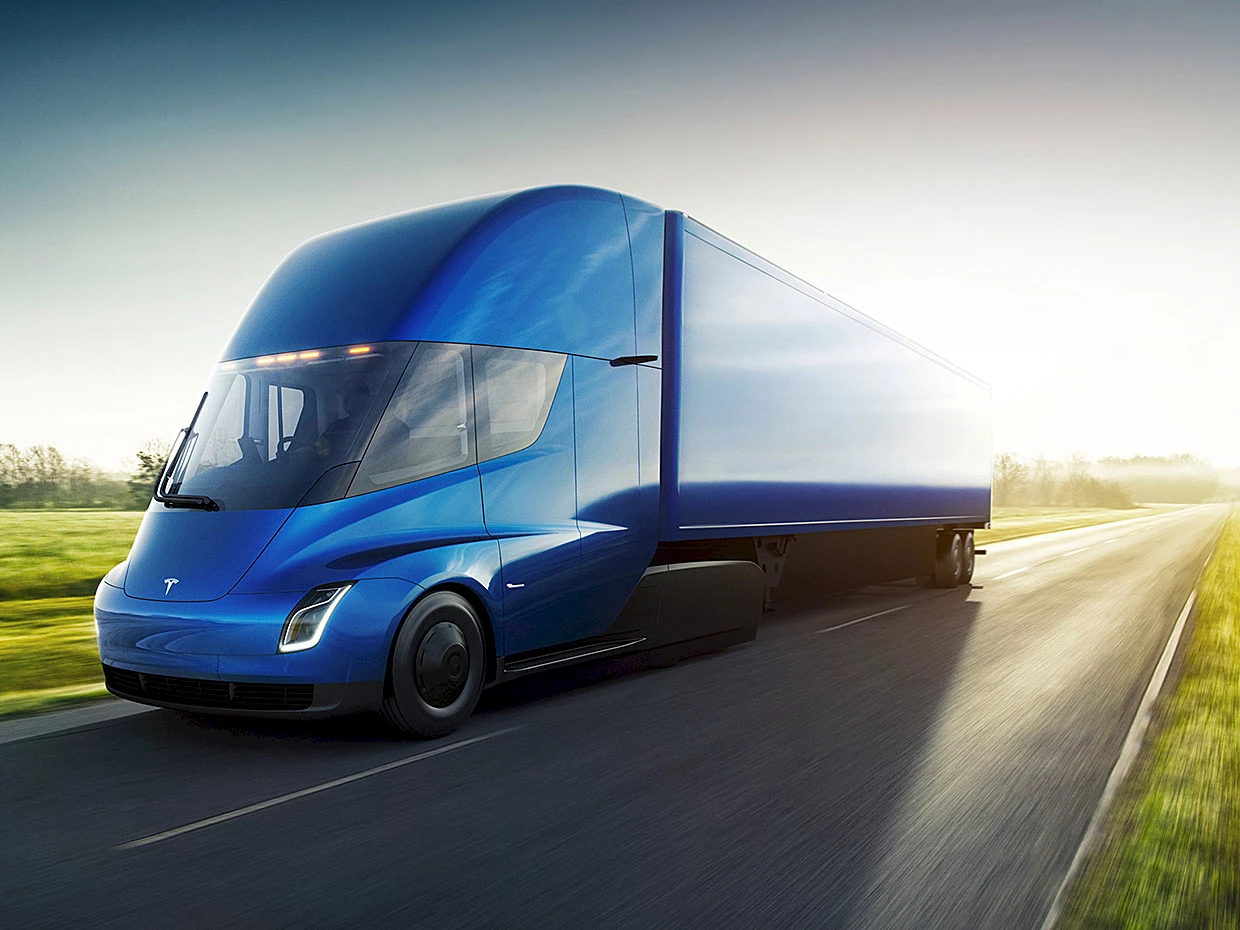
Semi truck. © Tesla.
Last night, in an airport hangar in Hawthorne, CA., Tesla CEO Elon Musk unveiled a stylish prototype electric semi-truck that he said will travel 800 km (500 miles) on a full charge of its lithium-ion battery pack, go zero to 100 km/h (60 mph) in 20 seconds fully loaded, and charge most of the way in 30 minutes while a driver rests and eats. An average truck trip is less than 400 km, which meant that a driver could do a round trip without recharging. Musk did not say how much the truck will cost, but that it will be cheaper (78 cents per kilometre) to operate than a standard diesel (99 cents per kilometre). The Semi comes with the same Enhanced Autopilot system as its latest cars, using identical front- and side-facing cameras, computers, ultrasonic sensors and radars—although probably more of them. It will be in production by 2019. You can already make a reservation online for a $5,000 USD deposit.
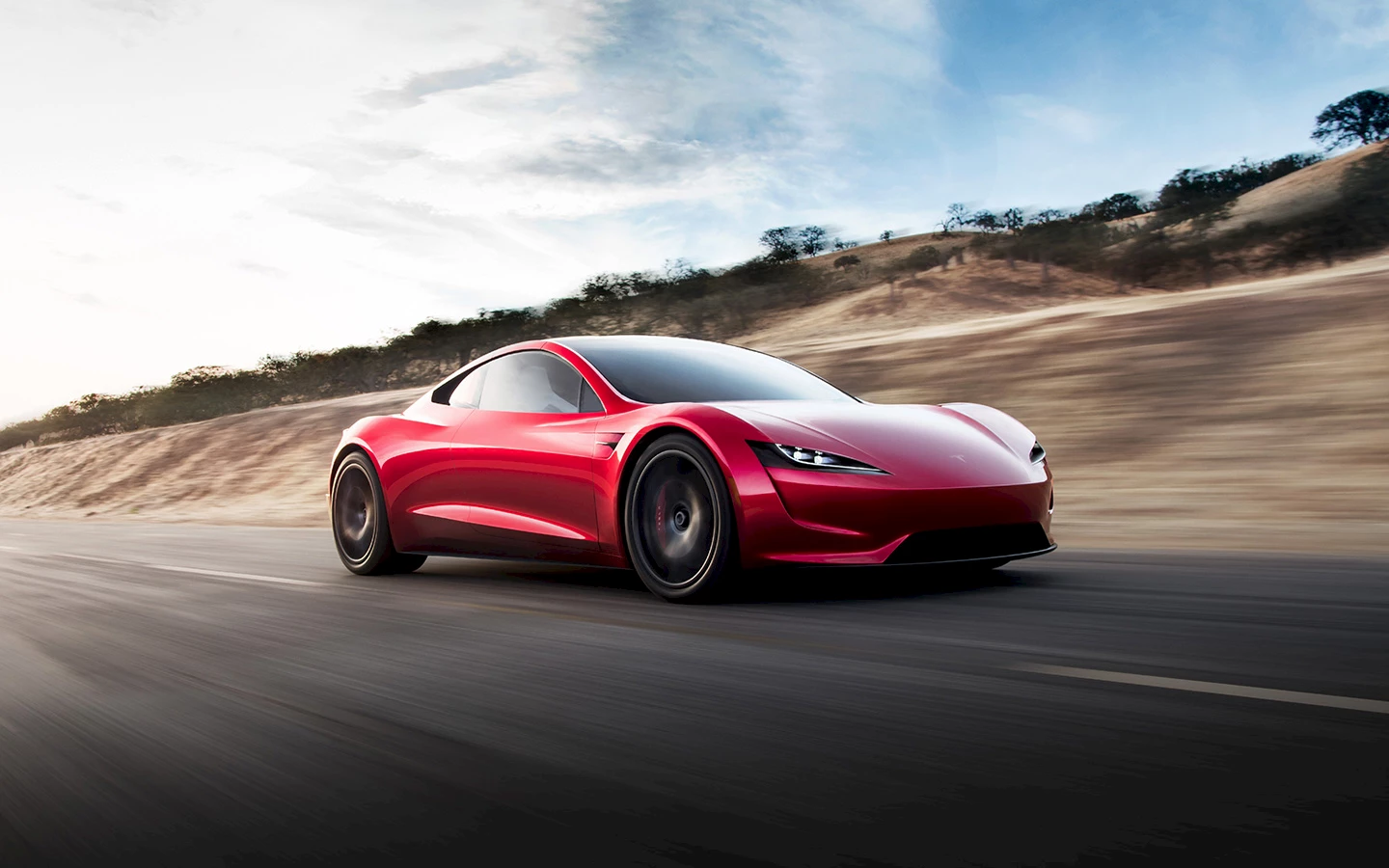
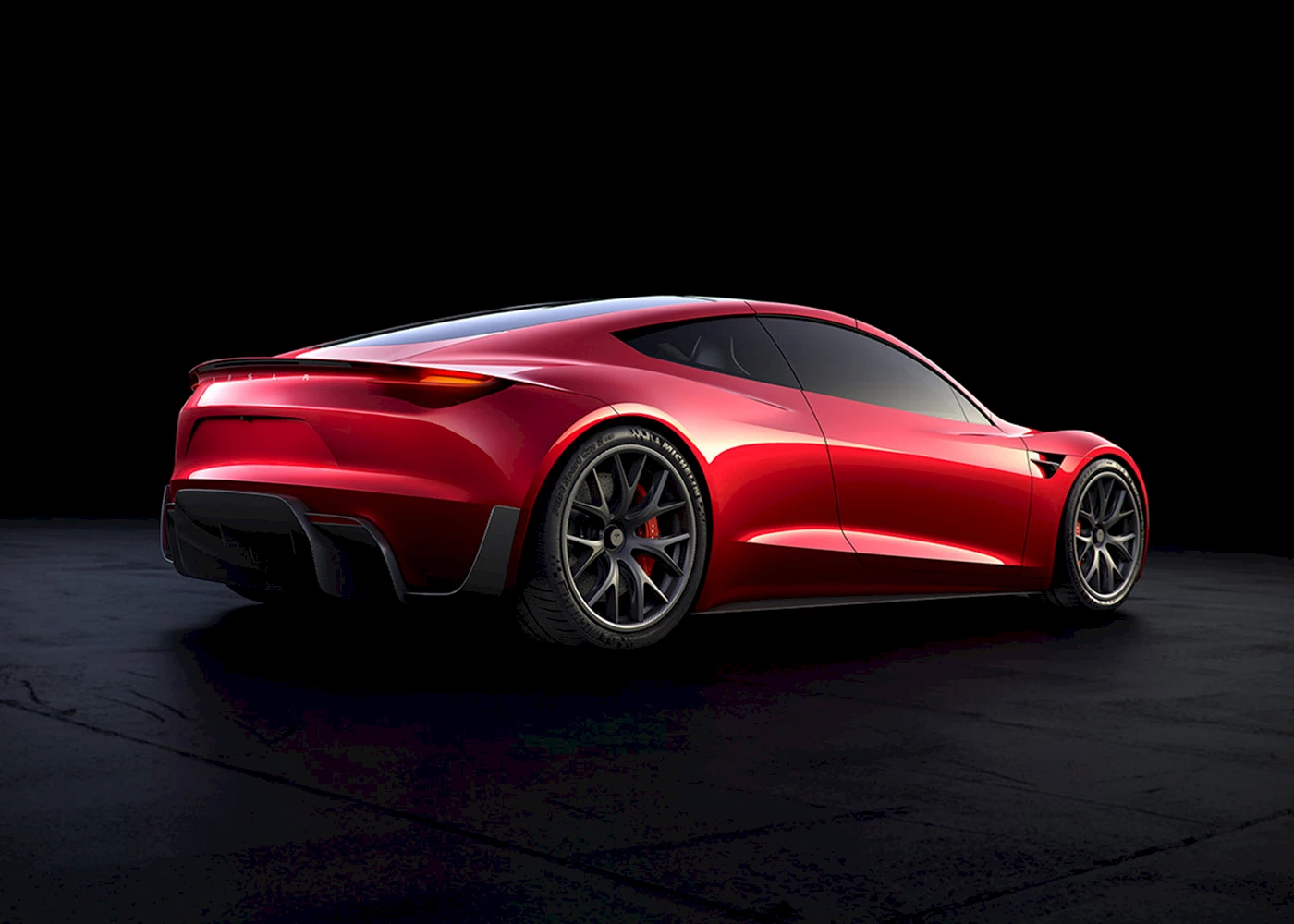
Roadster. © Tesla.
One more thing. . . The crowd was treated to the surprise unveiling of what is destined to be not only the world’s longest-range electric car, but also the fastest production car in history: the new Tesla Roadster. “The new Tesla Roaster will be the fastest production car ever made, period,” Musk said. “And this is the base model.” The sports car can go from 0 to 100 km/h in less than two seconds and reach a top speed of over 400 km/h. But the most excitement came from the battery pack: the car will have a 200 kWh battery pack and will get 1,000 kilometres (620 miles) of range. The Roadster will start at $200,000 USD, with a $50,000 reservation deposit.
⇨ IEEE Spectrum, “Tesla launches an electric semi truck—and a new sports car.”
⇨ Ars Technica, “Tesla promises a new wicked-fast $200,000 Roadster.”
New SpotMini
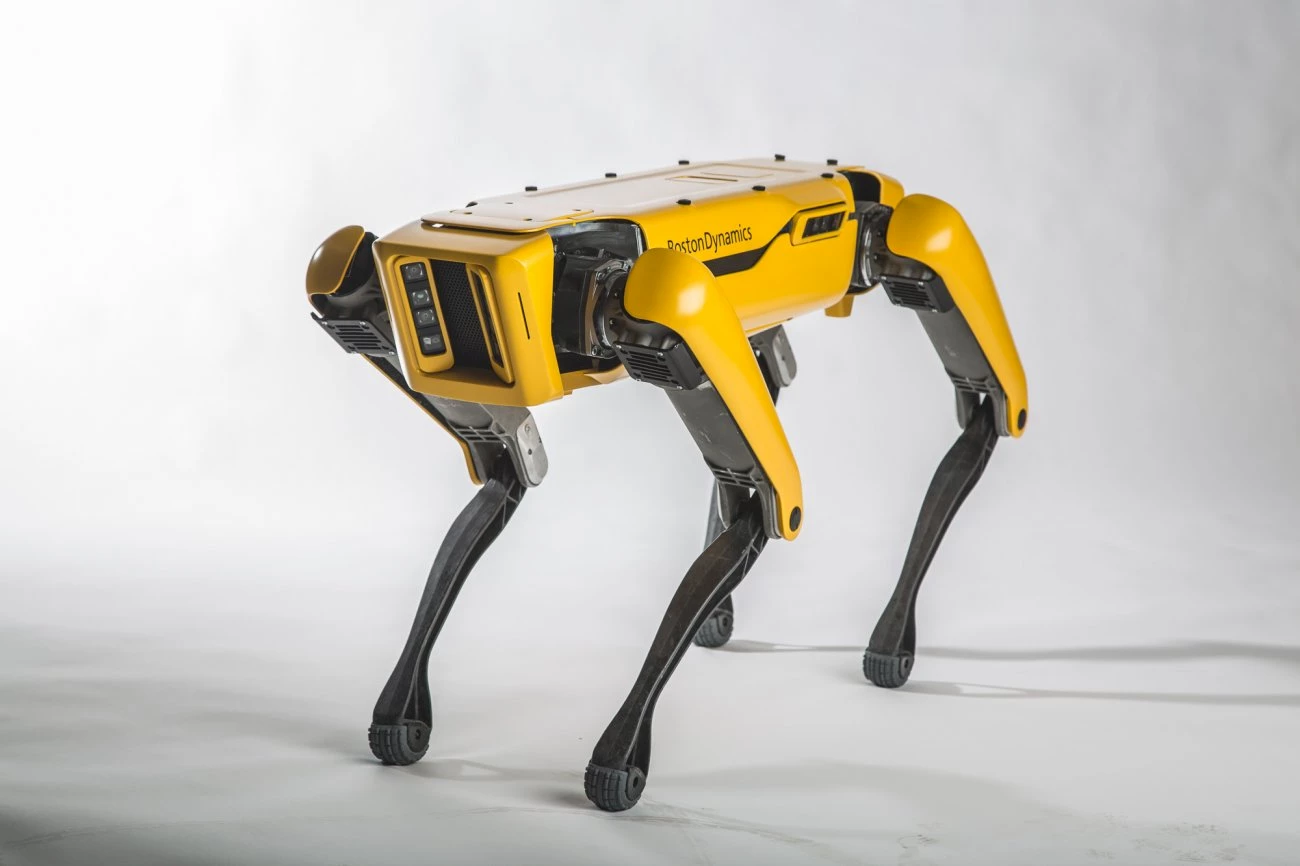
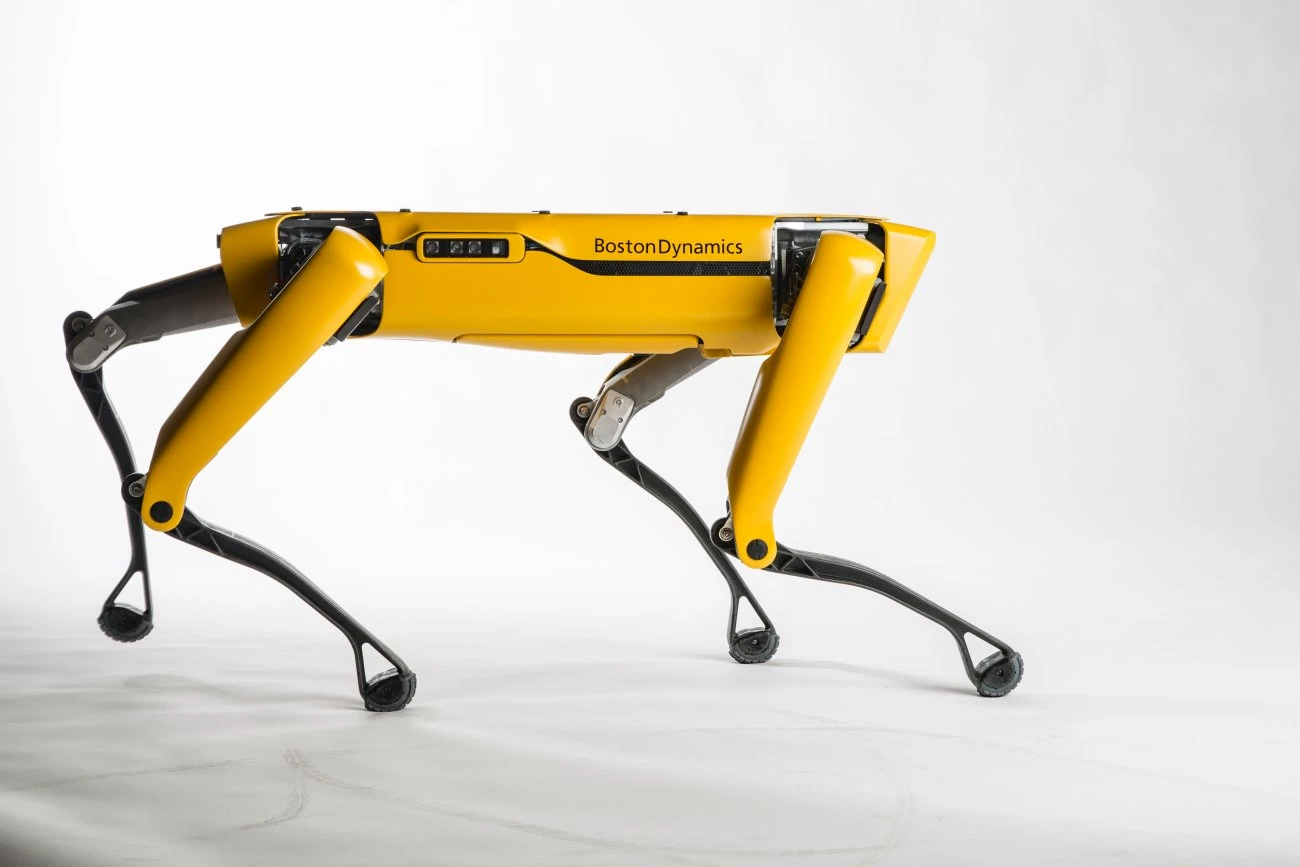
SpotMini 2017. © Boston Dynamics.
Robot-maker Boston Dynamics, which is now owned by Japanese tech giant SoftBank, just posted a short YouTube clip showing off a new version of its four-legged robot, SpotMini. This robot, first unveiled in June 2016, became famous for its dramatic wipeout on a banana peel (featured at 1:28 of this video). The new version is definitely more graceful, with its fluid movements and yellow shell, but it’s still pretty off-putting. SpotMini is 80 cm high, weighs 25 kg and can carry a 15 kg load. Its batteries provide one hour and thirty minutes of operating time. Boston Dynamics describes it as “a nimble robot that handles objects, climbs stairs, and will operate in offices, homes and outdoors.”
And if you haven’t already seen the latest Atlas robot video, take a look!
⇨ Cnet, “Who’s a good, creepy boy? Boston Dynamics’ robot dog, that’s who.”
China, supercomputer superpower
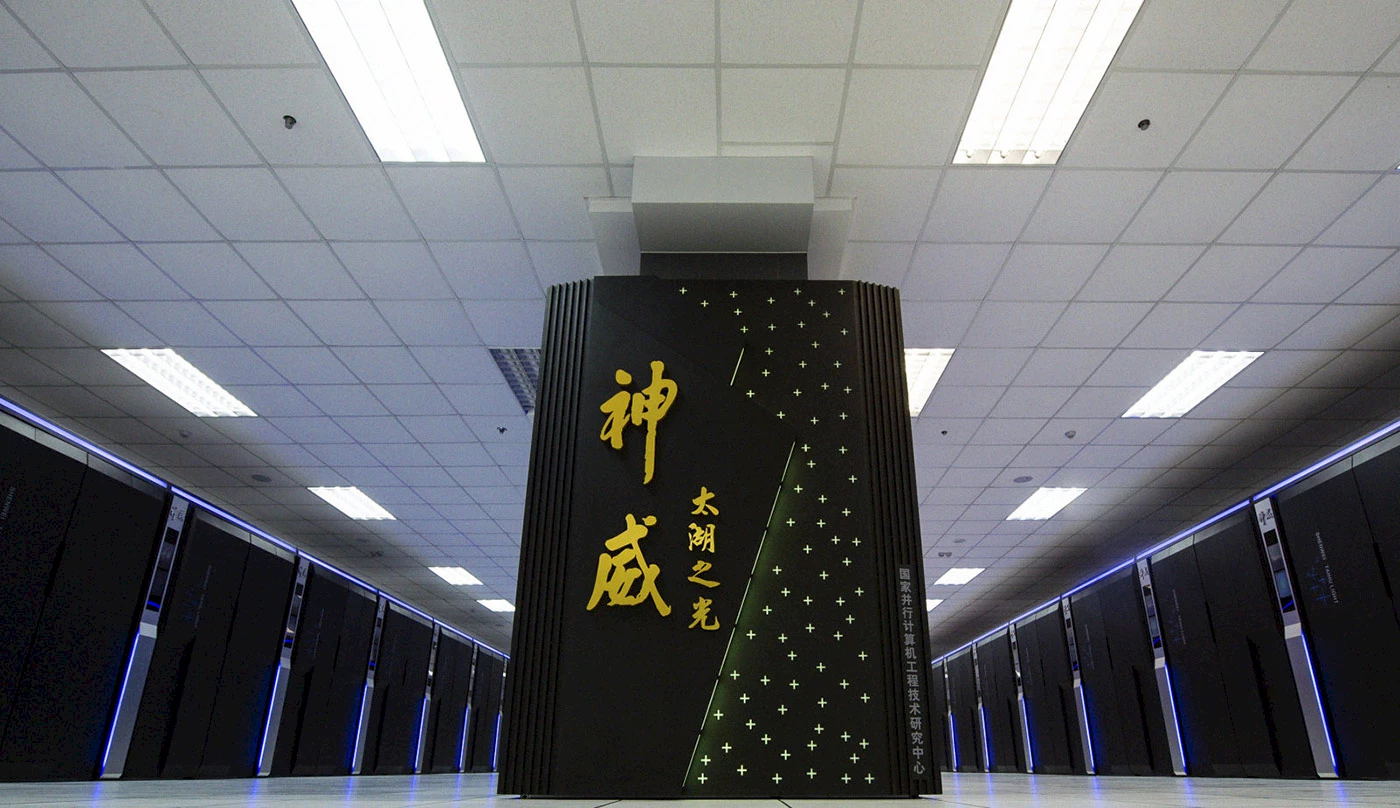
TaihuLight Supercomputer, 125 petaFLOPS. © National Supercomputing Centre, Wuxi.
For the first time, China has become the country with the most systems on the yearly list of top 500 fastest supercomputers in the world. China took 202 spots in the ranking, eclipsing the United States, with only 144 systems – its lowest ranking since the list was established 25 years ago. Supercomputer horsepower is critical to some of the most important scientific studies of our time, like weather modeling, climate research, astrophysics, and particle physics, to name a few. We’re seeing China increasingly invest in the sciences to become a technological superpower, while the United States is slowly giving up its crown as the world leader in this domain.
⇨ Cnet, “China’s supercomputers race past US to world dominance.”
MekaMon the battle bot
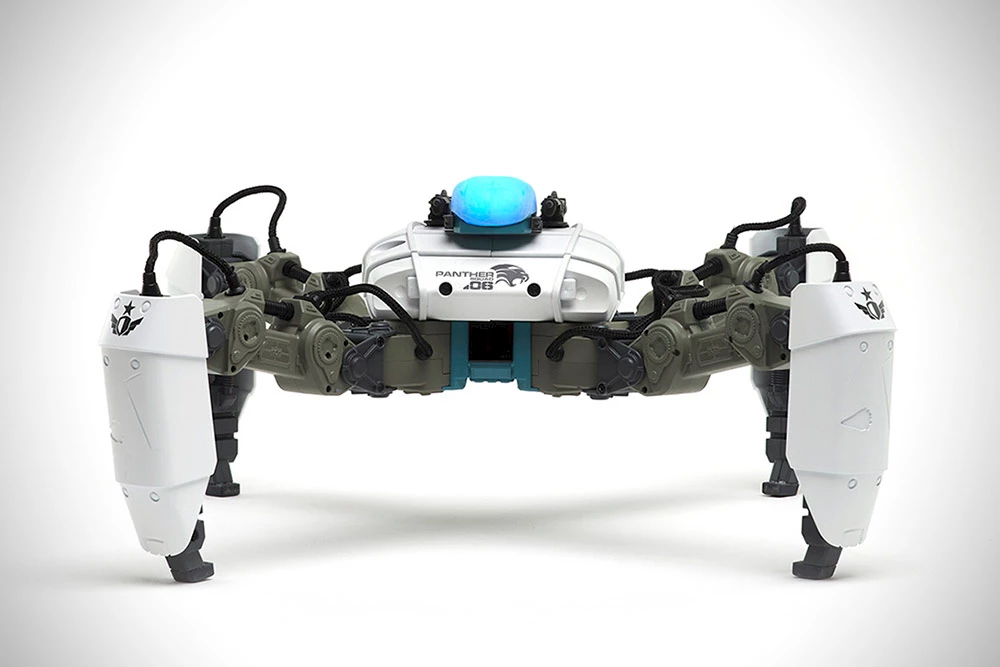
MekaMon. © Reach Robotics.
MekaMons are four-legged battle bots that can be controlled with your smart phone. They can be upgraded, and come with detachable feet, shields and weapons. They’re equipped with four IR sensors, which allow them to take stock of the environment around them and follow and attack their enemies with precision. Each robot weighs about a kilogram, and measures 30x30x15 cm. It connects to a control app via Bluetooth, and communicates with other robots using infrared signals. The battery life is only one hour, which is definitely on the short side. MekaMons were created to fight, and the app allows for two different combat modes: as a single player, or against another robot. When playing the game by yourself, an AR feature creates virtual enemies to take on in battle. Even though your enemies exist only on screen, your robot will react like they’re the real thing. It’s much more satisfying, though, to see two MekaMons duke it out for real. The robot costs $300 USD, and is available through the Apple Store.
⇨ Circuit Breaker, “MekaMon is an AR robot that you control using your smartphone.”
⇨ Engadget, “MekaMon is an anime-styled battle bot you pilot with your phone.”
An iPhone case that picks up lint – what will they think of next?
A new line of iPhone cases that double as lint rollers have hit the market, courtesy of tech startup Stitched Products. The company claims that their line of iPhone cases will keep your clothes lint-, dandruff- and pet-hair-free for up to four years, while also protecting your iPhone. The cases are made of rubber, are 2 mm thick and have a bevelled lip for increased protection, and come in four different designs. Cases are available for the iPhone 6s, 6s Plus, 7, 7 Plus, 8 and 8 Plus – an Indiegogo crowd-funding campaign is underway to design a case for the iPhone X. What will they think of next? Well, the company has also applied for a patent for a phone case that kills bacteria.
⇨ Circuit Breaker, “This iPhone case doubles as a lint roller.”
